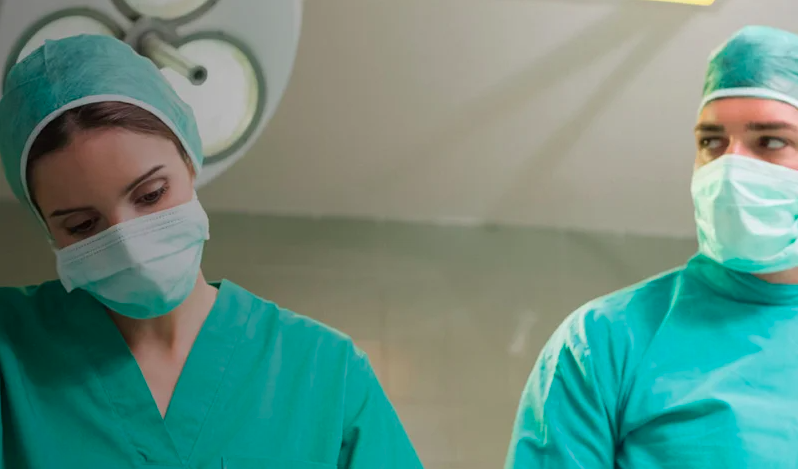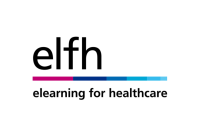Anaesthesia Fundamentals | Physiology | Neurological Reflexes



Neurological Reflexes
Session Overview
Description
The session covers the organization of the spinal cord for motor functions, the types of motor neurones, the structure and function of muscle spindles and Golgi tendon organs, and the muscle stretch reflex, flexor and crossed extensor reflexes.
Learning Objectives
By the end of this session you will be able to:
- Describe the applied anatomy of the spinal cord with respect to motor functions
- Describe the structure and function of the muscle spindles and the Golgi tendon organs and their neural connection to the spinal cord
- Explain how the body controls muscle tone in order to maintain posture
- Explain how the spinal reflexes help the body respond to a painful stimulus, e.g. standing on a pin
Prerequisites
Before commencing this session you should:
- Be able to describe and understand the basic applied anatomy of the spinal cord
- Have a basic understanding of the different types of neurones
This session describes the interactions of the spinal cord and the skeletal muscles through the sensory neurones and the motor neurones.
It shows how the organization of the spinal cord and the local spinal reflexes enable the body to stand and maintain posture.
It also covers the structure and function of muscle spindles and Golgi tendon organs, along with the mechanisms through which muscle tone is controlled and maintained.
The subject is a common topic in physiology examinations.
- Radiology – Integrated Training Initiative (R-IT...
- Posted By eIntegrity Healthcare e-Learning
- Posted Date: 2024-11-14
- Location:Online
- This session reviews which chambers contribute to the ‘normal cardiac outline’ and examines how specific chamber enlargement or absence alters the normal cardiac shape. It will describe the different diagnoses, which result in characteristic
- Radiology – Integrated Training Initiative (R-IT...
- Posted By eIntegrity Healthcare e-Learning
- Posted Date: 2024-11-14
- Location:Online
- This session provides an overview of the clinical manifestations of haemangiomas, lymphatic and vascular malformations, their radiological work-up plus typical imaging findings.
- Radiology – Integrated Training Initiative (R-IT...
- Posted By eIntegrity Healthcare e-Learning
- Posted Date: 2024-11-14
- Location:Online
- This session covers imaging and diagnosis of paediatric mediastinal masses, and is organised based on their location in the mediastinum.
- Radiology – Integrated Training Initiative (R-IT...
- Posted By eIntegrity Healthcare e-Learning
- Posted Date: 2024-11-14
- Location:Online
- This session discusses radiographic anatomy of the normal mediastinum and its compartments containing different structures and why this is useful when interpreting an abnormal image. The silhouette sign and how it is used to localise a mass on chest radio
- Radiology – Integrated Training Initiative (R-IT...
- Posted By eIntegrity Healthcare e-Learning
- Posted Date: 2024-11-14
- Location:Online
- The session looks at pneumothorax, pneumomediastinum, air leaks in neonates, air leaks in older children and post-traumatic air leaks.
